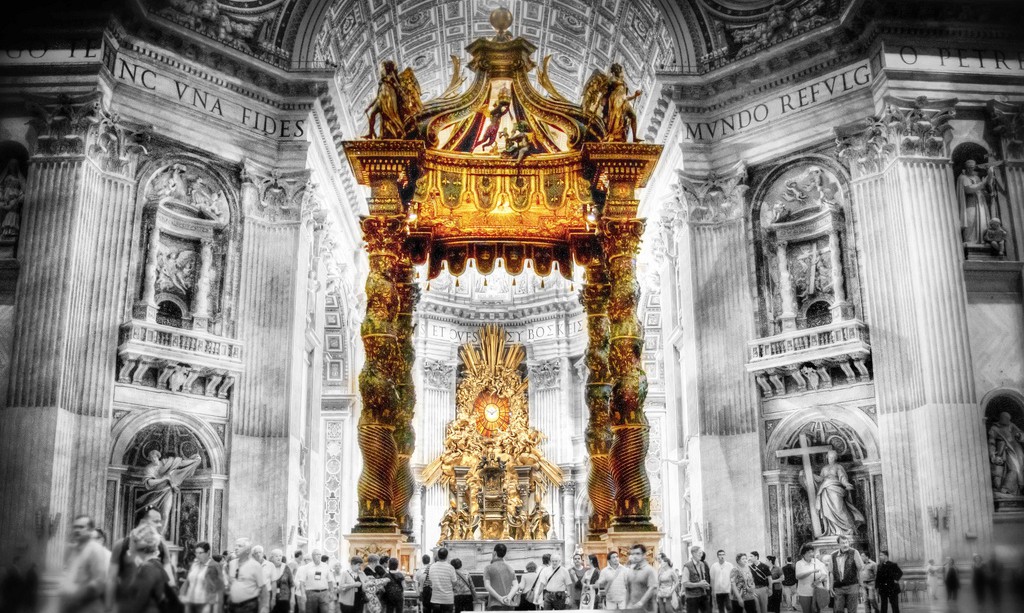
https://fsspx.news/en/news-events/news/total-dependence-our-lord-our-lady-51942
St. Louis de Montfort takes a close look at the hidden life of Our Lord. What does he see? God Almighty imprisoning Himself in the womb of Mary for 9 months, then living as a little babe relying on her for his nourishment and bodily care. She changes his clothing, bathes Him, carries Him from place to place. We would expect it surely to stop there. We would expect Him to quickly cut the strings binding Him to His mundane family life, so that He could go out into the world and assert His almighty power. Surely, He must hasten to begin His work to convert the world to Himself.
But no, this is not His choice. Instead, He spends 30 years, yes, 3 decades, next to Our Lady in Nazareth, obeying her will, being submissive to her in all things. These are the facts, as told to us in the Gospel.
St. Louis recognizes these facts on the one hand and on the other that there was no mistake. There are no mistakes in the life of Our Lord. Everything that He does is most exactly according to the plan of the Father and the most perfect thing that could be done. Here we have a mystery that the human mind cannot reconcile: on the one hand, the fact that Our Lord’s life was perfect in every respect, and on the other that He spent 30 years subject to Our Lady. How is it that this was the very best plan?
[Our Lord] did not disdain to shut Himself up in the womb of the Blessed Virgin, as a captive and as a loving slave, and later to be subject and obedience to her for thirty years. It is here that the human mind loses itself, when it seriously reflects on the conduct of the Incarnate Wisdom who willed to give Himself to men—not directly, though He might have done so, but through the Blessed Virgin. (True Devotion to Mary, §139)
St. Louis indicates that Our Lord also chose to be dependent upon Our Lady in the working of His miracles, saying the following:
If we examine closely our Blessed Lord’s life, we shall see that it was His will to begin His miracles by Mary. He sanctified St. John in the womb of his mother, St. Elizabeth, but it was by Mary’s word. No sooner had she spoken than John was sanctified; and this was His first miracle of grace. At the marriage of Cana He changed the water into wine, but it was at Mary’s humble prayer; and this was His first miracle of nature. He began and continued His miracles by Mary, and He will continue them to the end of ages by Mary. (True Devotion to Mary, §19

















